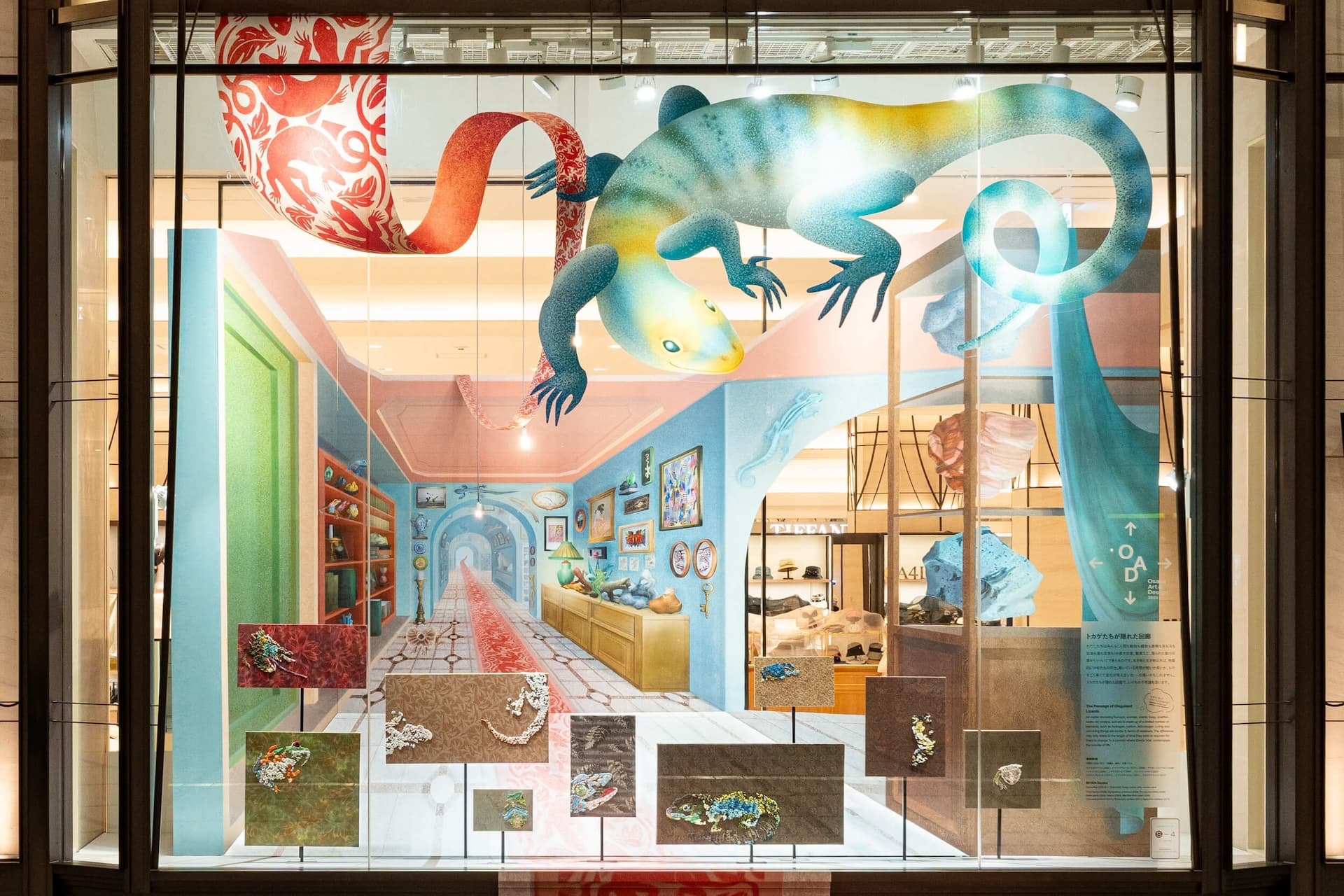The new series “AWRD meets GLOBAL CREATORS” (#AMGC) by "AWRD," a platform connecting creators with projects, focuses on "new sensibilities." It shines a spotlight on emerging creators from around the world, such as designers and artists, exploring their creative processes and the unique cultures of their countries.
In its third installment, we feature AI and digital fashion researcher Kanji Kyoda. He has gained attention for his unique style of “hacking” materials that are challenging to incorporate into fashion and transforming them into innovative fashion pieces. In recent years, he has been creating various fashion expressions using advanced digital techniques.
Inspired by the allure of traditional Japanese garments, he has developed revolutionary fashion designs that skillfully integrate their beauty.
We spoke with Kanji about his ever-evolving creative work and the inspirations behind it.
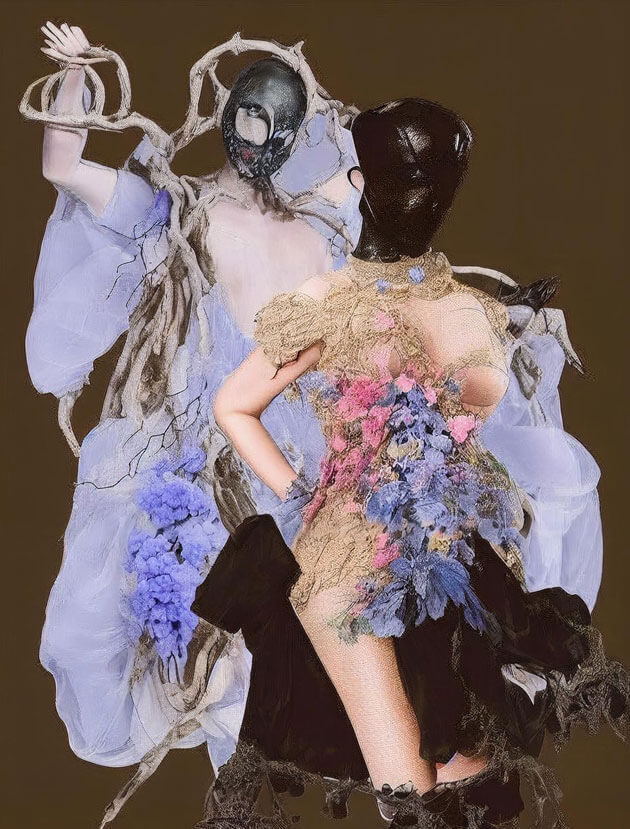
— Could you tell us what inspired you to start using the design techniques you employ today in the field of AI and digital fashion?
When I was in high school, it became a routine for me to create clothes on weekdays and then wear them to hang out in Harajuku on weekends.
After graduating from high school, I enrolled in a fashion design school but dropped out early on. Shortly after, I bought my first gaming computer.
My initial goal was driven by curiosity—I wanted to try creating digital fashion using a software called CLO3D.
What particularly attracted me was that, while the tool had expressions like cost and gravity, there were no limitations, allowing for unrestricted exploration of fashion expression.
Gradually, I realized that to make accessories and other secondary materials myself, I needed modeling skills, and a software called Blender seemed like a good fit. I started experimenting with various tools connected to CLO3D.
One of those tools was generative AI.
— Could you share any particularly challenging aspects or interesting experiences you've had in your design process using digital tools?
When I was creating physical costumes, I didn’t have any particular fashion designers or creators I admired. Instead, I was influenced by the extraordinary designs and colors of things like traditional Japanese garments and kaiju (monsters).
Then, one day a few years later, I decided to generate fashion images using AI.
The generated image depicted a dress intertwined with grapevines and roots, and two people wearing black leather masks.
When I saw that, I thought, “Oh, this is me, but beyond myself.” For the first time, I felt a sense of admiration for another’s fashion sensibility. That feeling was truly shocking.
— Could you tell us about the works you consider to be your masterpieces? Additionally, please share the thoughts or concepts behind them.
Last August, during my solo exhibition, I presented an NFT collection for an AI and digital fashion show themed around The Tale of Genji called “Kōsen” (光染).
“Kōsen” can be considered my representative work to date, but I have other projects that I believe will strongly influence my future work.
Currently, I am working on a personal research project in AI fashion with a provisional title of “Yoku to Shirabe” (欲としらべ). The goal of this project is to update or explore new perspectives on the relationship between fashion and the human body.
For example, in the real world, clothing is designed to fit the human body, but with AI fashion, the reverse is possible. By using techniques like fluid simulation, the fabric can express itself, and the human body is then designed to complement its shape. While this concept is somewhat similar to corsets or restraints, it lacks their coercive power, revealing a highly natural relationship instead.
What is the nature of the aesthetic pleasure brought about by this relationship? “Yoku to Shirabe” is not yet completed, but I am confident that it will significantly impact my future work and bring new values to the field.
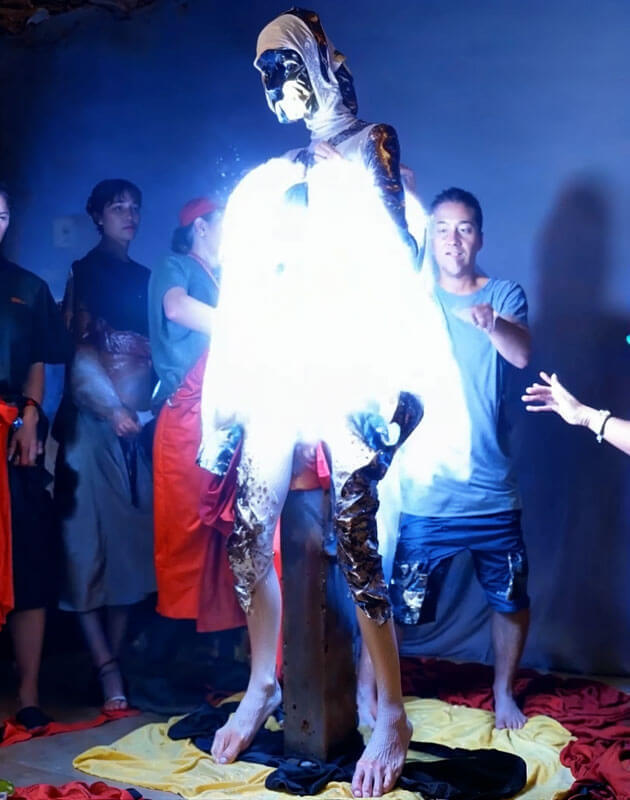
— Could you tell us about the designers or artists who have influenced you?
One of the people who has influenced me is Osamu Hashimoto, known as a novelist, critic, and translator. His distinctive narrative style includes "timeless connections when explaining a subject" and a "jet-coaster-like flow of prose."
The way he shifts scales and discovers "analogies" (unexpected connections between things and the rules underlying everything, as described in a special issue edited by Masao Matsuoka) has been something I’ve consistently kept in mind, from when I was creating physical costumes to my current AI fashion research.
— Do you feel that your life in Tokyo or in the Arakawa ward has influenced your work and clothing design?
I believe it is very important to consider how one’s surroundings interact with and influence their work.
For example, having textile districts like Nippori and electronics districts like Akihabara near my home undoubtedly accelerated my creative process.
Harajuku was another key influence. The fact that I could go there and always find friends who accepted my style was significant for me.
The power of a supportive environment where one can both seek and be sought after is immense. As long as I am in such an environment, I believe its influence will transparently manifest in my creations.

— Could you share any recommended spots (places you like to visit) or sources of inspiration for gaining design ideas?
I often enjoy visiting the National Diet Library, but for the past few months, I've been spending most of my time in front of my computer.
While I use video and image generation AI as a tool for creation, AI also serves as a training tool for me.
When considering the generation process, I play with the connections of words and the collision of different elements. For instance, "a robe of light suddenly appears while sculpting" is something that is impossible in the real world, but in the generation space, it can seamlessly occur, as if a different world axis is overlapping.
I believe that imagining a second ahead in such a parallel world will expand the scope of my future creations.
— In the group exhibition “Dolls and Virtual: Figure and Virtual” held in August 2023, you collaborated with other artists. Are there any new challenges you would like to take on?
I’m quite the tutorial enthusiast and enjoy spending time following common cues like cursors, much like imitation play with a baby. I even have ClaudeAI create Python tutorials for me.
I believe I’ve acquired basic skills in various software and AI tools, from digital sculpting to game development and video editing.
With that in mind, I constantly think about becoming a “proficient tool” and have a desire to be used as such by artists and creators, effectively becoming a versatile digital resource.
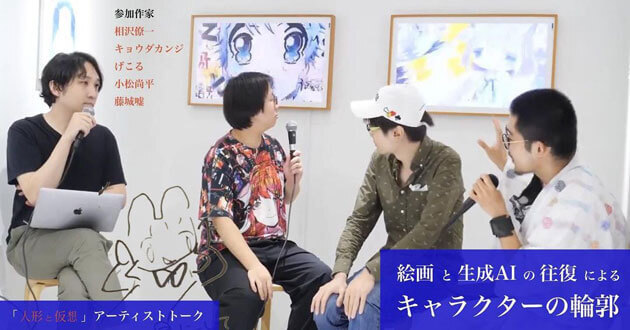
— If you have any upcoming activities or exhibition information, please let us know.
I’m vaguely considering summarizing and presenting the research on “Yoku to Shirabe” in some form once it’s ready.
Rather than focusing solely on completing the content, I want to package or sequence the research in a way that makes it easily understandable and objectively viewable. However, to articulate this, I need to build up knowledge in fundamental network systems and design history, among other areas, so it may be quite some time before this comes to fruition.
Profile:
Focusing on fashion research in AI and digital contexts, he is actively engaged in a wide range of activities including special lectures, engineering, and graphic design. Since high school, they have been expressing their fashion through self-made costumes based in Harajuku, and since purchasing a computer in 2022, they have been focusing on AI and digital expression.
[Biography]
- Born in Arakawa, Tokyo, in 2000
- Began costume production in 2016
- Enrolled in the primary course at Coconogacco in 2022
- Held an AI and digital fashion exhibition titled “Kōsen” at UltraSuperNew Gallery in 2023
- Currently working on a personal research project titled “Yoku to Shirabe” in 2024
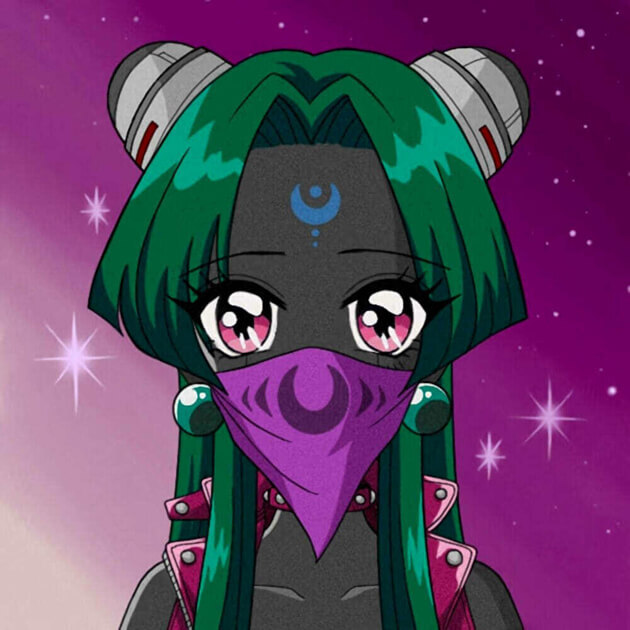
Kanji Kyoda




